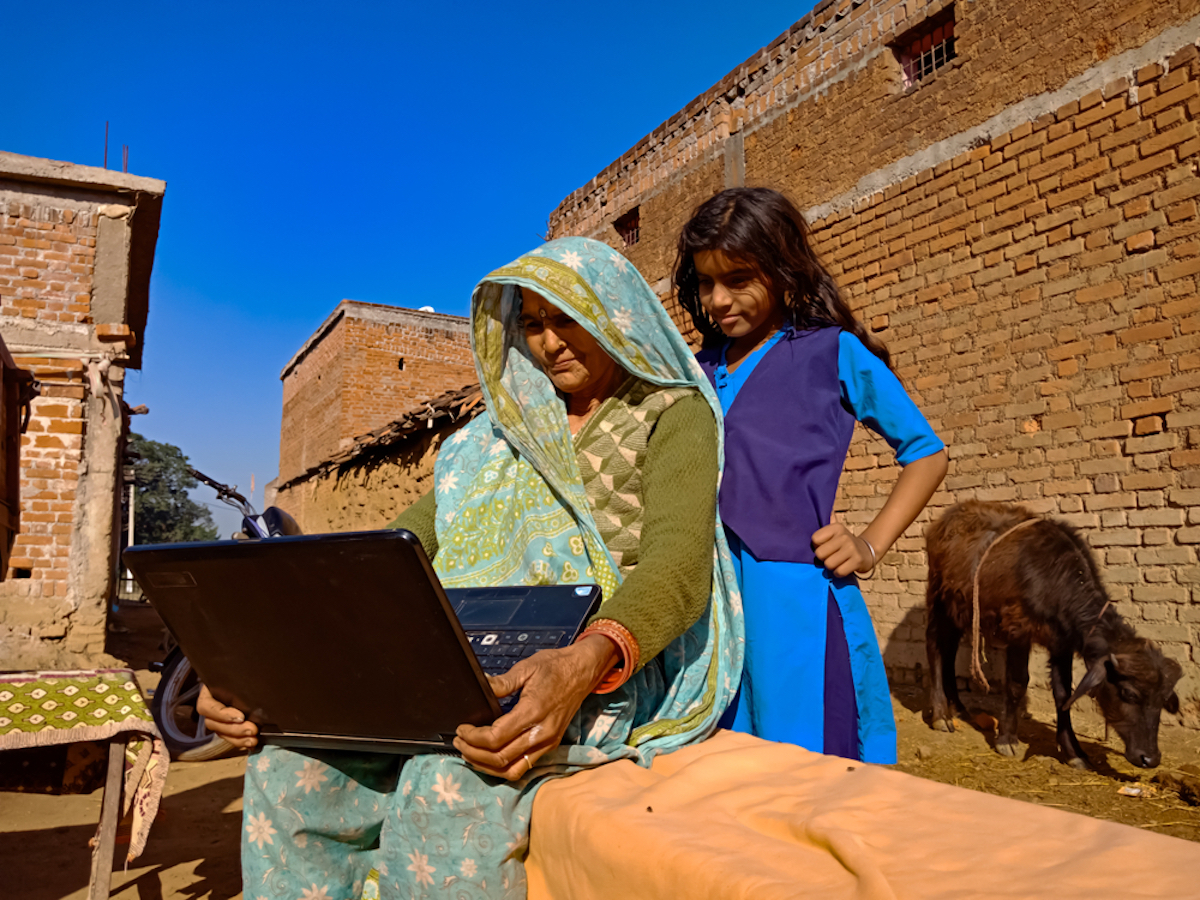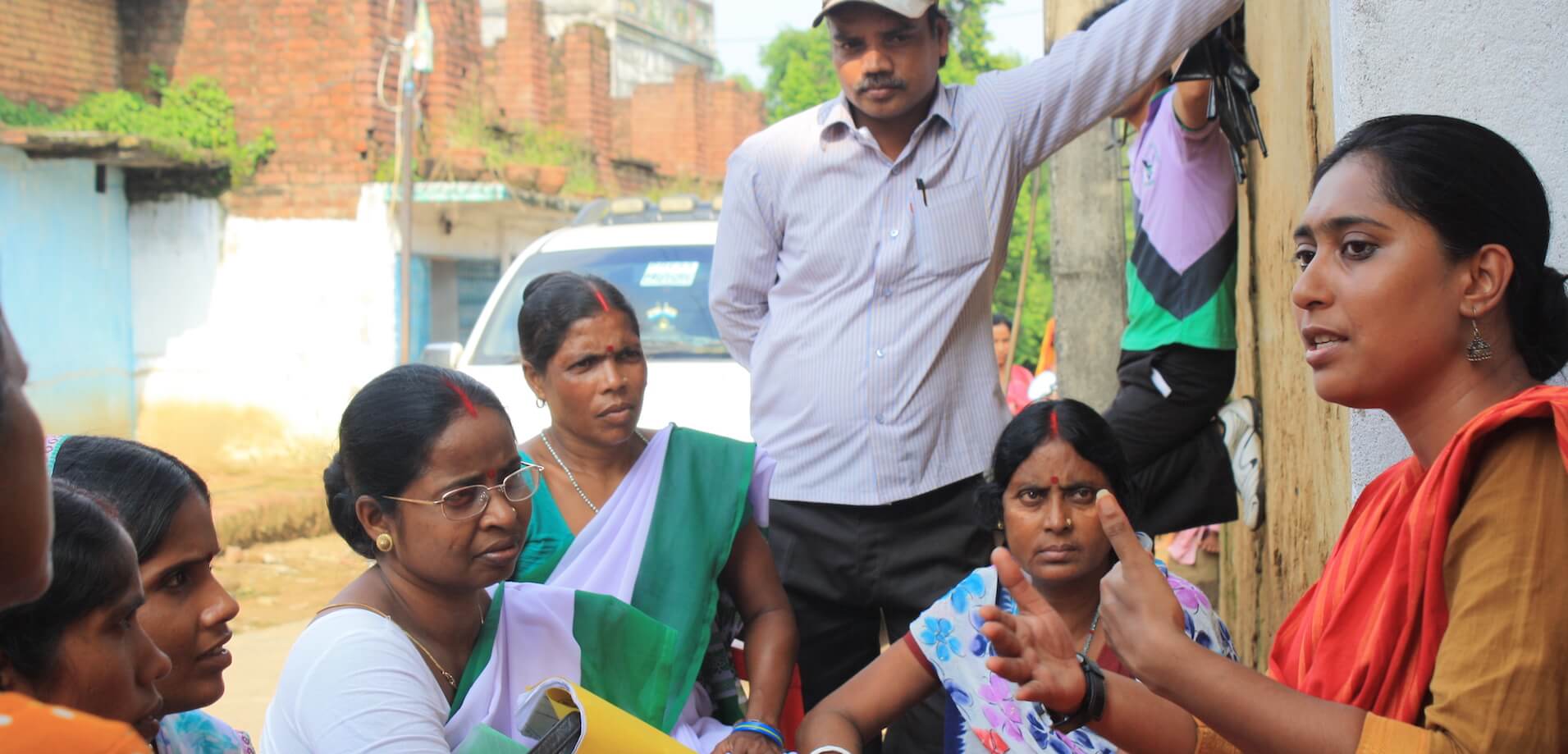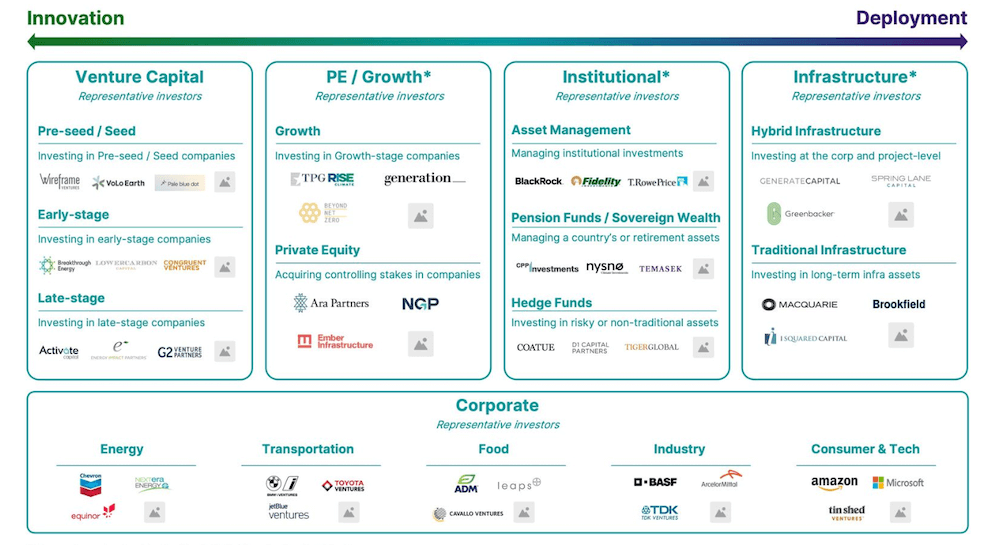ImpactAlpha, Sept. 28 – Media outlets cite the flow of capital to ESG and climate funds as evidence of the arrival of impact investing. There’s another signal looking right back at them in the mirror.
A spate of new climate, impact and ESG outlets, newsletters, websites and podcasts is itself a proxy for the mainstreaming of sustainable finance.
The proliferating media market reflects growing customer demand, increasing assets under management, rising employee headcount – and newly generous marketing budgets among financial institutions angling for position in the expanding market.
“The business of sustainable investing is beginning to take center stage as media cater to a growing professional class,” says Ben Thornley of the impact investing consultancy Tideline.
The need for insights and information is urgent as corporations adopt climate strategies and financial institutions stand up products and services for sustainable finance, impact investing and ESG, for environmental, social and governance. As in any growing market, Thornley says, participants need “all of the people moves, product launches, competitive dynamics, regulatory action, and client wins/losses that affect the P&Ls of a new line of business.”
In a year when live events have been disrupted by the pandemic, a survey of 500 investors in Pitchbook’s annual sustainable investment survey found for the first time that people relied on investment industry publications, newsletters and podcasts more than on webinars or conferences.
In the report, Pitchbook cites ESG Today, Responsible Investor, Bloomberg Green and others – including ImpactAlpha – as examples of the outlets investors use to stay abreast of ESG and sustainable investing news and trends. A Tideline company, BlueMark, sponsored the Pitchbook survey (Tideline also is a sponsor of ImpactAlpha).
New titles
The new entrants range from the well-heeled, like Cipher, the climate news site backed by Bill Gates’ Breakthrough Energy that will launch this week that reflects the trend of newsmakers publishing their own news…to the scrappy, like Impact Entrepreneur, an online magazine headed by Laurie Lane Zucker that builds on his webinars and LinkedIn group, which also launched this week.
The climate media boomlet reflects a broader trend of billionaires and venture firms launching their own media platforms to better shape the narrative. Venture firm Andreesen Horowitz is building Future.com, a “pro-innovation” content site featuring articles from scientists, founders and experts. Like Andreessen Horowitz’s portfolio company, audio social media platform Clubhouse, Future is further disintermediating media gatekeepers and letting venture capitalists and their portfolio companies deliver content straight to the public.
“Every company is a media company and every person is a media company now,” a16z’s Sonal Chokshi has said.
Cipher is led by former Axios and Wall Street Journal journalist Amy Harder, who says the outlet will include disclaimers when its covers people and companies connected to Breakthrough Energy. The Breakthrough Energy network includes a venture fund, policy and research activites and a new Catalyst fund to commercialize later-stage climate technologies (see, “Breakthrough Energy planning blended finance fund to marshal billions for next-gen climate tech”).
“Consider Breakthrough Energy the driver — and Cipher the narrator,” Harder says in an introduction to the site.
Of course every media model has its perils. Quality journalism does not come cheap, and building an audience and sustainable model in a rapidly shifting media landscape is tricky. OZY, a media startup aimed at “the change generation” founded by Carlos Watson and Samir Rao, is facing charges of inflating its audience and reach after The New York Times detailed an incident in which Rao impersonated a YouTube official in a fundraising pitch to Goldman Sachs.
Ozy is backed by funders including the Ford Foundation and Laurene Powell Jobs’ Emerson Collective. In his response, Watson denied the company inflated its numbers and decried the Times report as a “hit job.”
Climate coverage
The big story is that the mainstream financial institutions are not only talking but starting to organize around impact, climate and sustainable investing, says Antony Bugg Levine, former CEO of Nonprofit Finance Fund. “The media and those people who organize ideas will follow.”
In August, the private-equity owned media company PEI acquired Responsible Investor, the U.K.-based ESG and sustainable finance publication. At the Financial Times, Gillian Tett has built an audience for Moral Money, a twice-weekly newsletter. Bloomberg Green assembles the media company’s sustainability and climate reporting and data feeds.
That rising level of activity made Wood McKenzie’s shuttering of Greentech Media in February something of a mystery. But much of Greentech’s staff quickly established a new home at Canary Media, a climate-focused publication that debuted in April, backed by RMI, the nonprofit founded by Amory Lovins and formerly known as Rocky Mountain Institute.
Canary joins a suddenly crowded market for dedicated climate publications that includes Grist, Inside Climate News and Climate Central as well as a host of long-time climate reporters are setting out on their own. On Substack alone: 350.org founder’s Bill McKibben (The Crucial Years), former MarketWatch editor-in-chief David Calloway (Calloway Climate Insights), former VOX climate writer David Roberts (Volts) and ex- The New Republic reporter Emily Atkin (Heated).
The pile-in prompted the folks at Silicon Valley’s Preston-Werner Ventures to wonder, in their own climate-focused newsletter, “Is funding climate journalism the new climate cool?”
That would indeed be cool. Every industry and every region will grapple with the effects of climate change, Heated’s Atkins told CNN’s Brian Stelter in July.
“If you’re not a climate reporter now,” she said, “you will be.”











